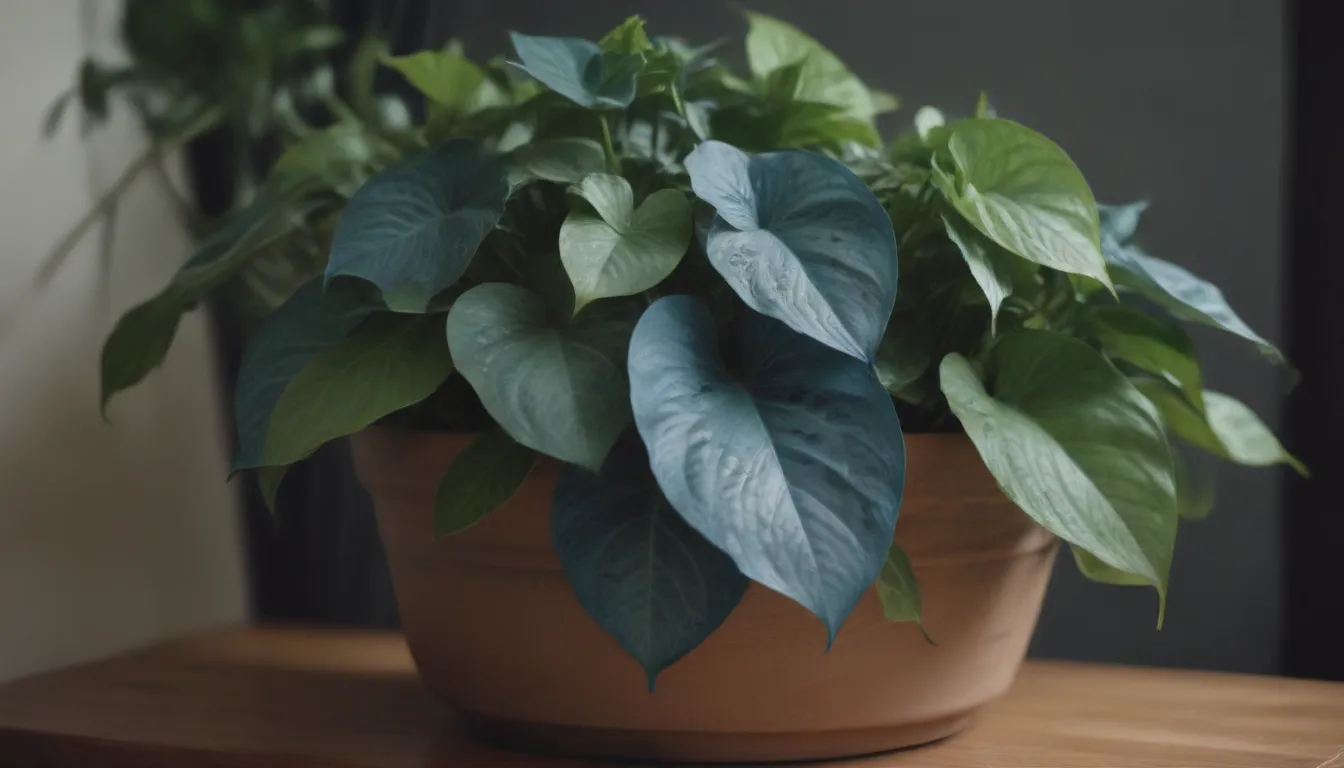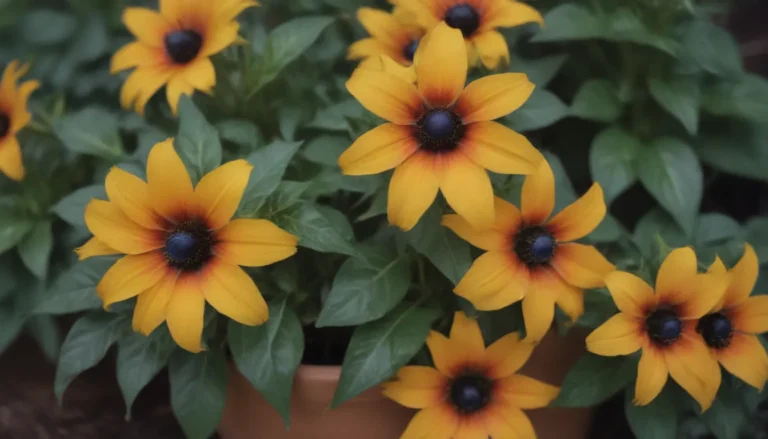Mastering the Art of Growing and Caring for Cebu Blue Pothos

Are you a plant lover looking to add a touch of elegance to your indoor space? Look no further than the stunning Cebu blue pothos. Native to the tropical Cebu island in the Philippines, this unique variety of pothos, Epipremnum pinnatum ‘Cebu Blue,’ is a must-have for any plant enthusiast. With its thin, silvery green-blue leaves, the Cebu blue pothos is not only a feast for the eyes but also a relatively easy plant to care for.
In this in-depth guide, we’ll walk you through everything you need to know about growing and caring for your Cebu blue pothos, from lighting requirements to common pests and problems. Let’s dive in!
Getting to Know Your Cebu Blue Pothos
Before we delve into the nitty-gritty of caring for your Cebu blue pothos, let’s take a moment to appreciate its beauty and unique characteristics. Here are some key points to keep in mind:
- The Cebu blue pothos is part of the Epipremnum genus and, like many of its relatives, can be toxic to cats and dogs. Keep it out of reach of your furry friends to ensure their safety.
- This pothos is typically grown indoors in the United States, although it thrives naturally outdoors in its native Philippine habitat.
- The plant goes through two distinct growth phases: juvenile and mature. Juvenile plants have small, elongated oval leaves with a silvery blue-green hue, while mature plants develop larger green leaves with fenestrations.
Now that you’re familiar with the basics, let’s move on to the essential care tips for your Cebu blue pothos.
Caring for Your Cebu Blue Pothos
Light:
To keep your Cebu blue pothos happy and thriving, place it in a spot that receives medium to bright indirect light. Avoid direct sunlight, as it can scorch the leaves. Unlike other pothos varieties, the Cebu blue pothos does not do well in low light conditions.
Soil:
Like all pothos plants, the Cebu blue pothos prefers moist but well-draining soil. A blend of potting soil, orchid bark, and perlite provides the perfect balance of drainage for optimal growth.
Water:
Allow the top 1 to 2 inches of soil to dry out between waterings, then water the plant thoroughly. Ensure that excess water can drain from the bottom of the pot. While the Cebu blue pothos can tolerate some periods of drought, regular watering will promote healthy growth.
Temperature and Humidity:
Although native to tropical climates, the Cebu blue pothos adapts well to indoor environments. Provide extra humidity, especially during dry seasons, to encourage vigorous growth. Avoid exposing your plant to cold drafts, particularly in winter.
Fertilizer:
During the growing season (spring and summer), feed your Cebu blue pothos with a balanced liquid fertilizer once a month. Stop fertilizing in the fall as the plant enters dormancy.
By following these care guidelines, you can ensure that your Cebu blue pothos remains healthy and vibrant year-round.
Propagating Your Cebu Blue Pothos
Propagating your Cebu blue pothos is a fun and rewarding way to expand your plant collection or share with fellow plant enthusiasts. Here are two methods for propagating this beautiful pothos:
- Water Propagation:
- Choose a healthy stem cutting from your pothos plant.
- Place the cutting in a container filled with water, ensuring that the node (where the leaf meets the stem) is submerged.
-
Wait for roots to develop, then transplant the cutting into soil.
-
Sphagnum Moss Propagation:
- Take a stem cutting and wrap it in damp sphagnum moss.
- Keep the moss moist and wait for roots to form.
- Once roots are established, plant the cutting in soil.
Experiment with these propagation methods to create new Cebu blue pothos plants and enhance your indoor greenery.
Dealing with Pests and Common Problems
Common Pests:
Watch out for common houseplant pests such as mealybugs, scale, and fungus gnats, which can pose a threat to your Cebu blue pothos. Keep an eye out for sticky residues on leaves and stems, indicators of an infestation.
Common Problems:
While the Cebu blue pothos is relatively low-maintenance, it can still face issues like yellowing leaves, wilting, or slow growth. Here are some steps to address these common problems:
– Yellowing Leaves: Assess your plant’s environment for factors such as light, watering, and humidity levels that may be causing the issue.
– Wilting or Curled Leaves: Water your plant thoroughly and check the root system for signs of dehydration. Propagate healthy stems if needed.
– Slow Growth: Ensure your pothos receives enough light and water to support its growth. Consider moving it to a location with brighter, indirect light.
By addressing these challenges promptly, you can promote the health and vitality of your Cebu blue pothos.
In Conclusion
Congratulations! You’ve now mastered the art of growing and caring for the stunning Cebu blue pothos. Remember, with the right balance of light, water, and attention to detail, your pothos will thrive and bring beauty to your indoor space. Whether you’re a seasoned plant parent or a beginner looking to expand your collection, the Cebu blue pothos is a perfect addition to any home.
Happy growing!





